#13 in Vietnam
Popular Nước Rau Má Variations

Nước Ép Rau Má
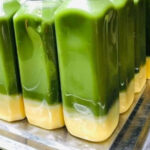
Rau Má Đậu Xanh

Rau Má Sữa
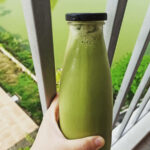
Rau Má Sữa Dừa
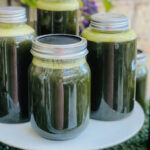
Rau Má Dừa
Nước Rau Má: Ingredients and Preparation
Main Ingredients
Main Preparing Method
Preparation Process
Nước Rau Má: A Deep Dive
Cultural Significance
Taste
Texture
Aroma
Color
Serving Style
Serving Temperature
Accompaniment
Occasions
Calories
Popularity
Popular Similar Drinks
- Cam Vắt
- Nước Dừa
- Sinh Tố
Popular Dining Area
Nước rau má is a Vietnamese beverage with pennywort as the main ingredient for creating a vibrant green drink. This herb imparts a mild, grassy flavor to nước rau má, a drink often recognized for its detoxifying effects.
Additionally, nước rau má is greatly valued in Vietnam thanks to its cooling nature. Usually, people will add the pennywort into a blender or juicer with added sugar and water to extract all the essence.
Once the pennywort is well blended, nước rau má is strained and squeezed to extract more liquid from it. Alternatively, some versions even add milk or coconut milk for a creamy profile. Typically, nước rau má is a popular drink sold on the side of the street.
Remember, there’s more to know about nước rau má, especially when this drink comes with many variants. Next, explore the process of making nước rau má, followed by an examination of its benefits and drawbacks.
Also, you should take a look at some concerns relating to nước rau má and explore some options that are just like it.
Key Points
Nước Rau Má Images
What Are the Variants of Nước Rau Má?
In Vietnam, nước rau má is easily adapted to many flavors by simply adding other flavoring elements. To keep it simple, allow me to introduce you to 5 popular variations of nước rau má:
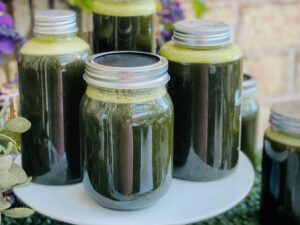
Rau Má Dừa
A version infused with coconut water

Rau Má Sữa Dừa
Pennywort with coconut milk, adding a tropical twist
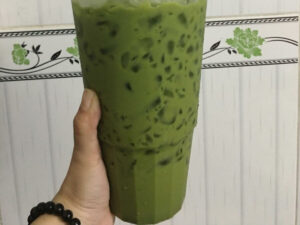
Rau Má Sữa
Pennywort with milk, creating a creamier texture
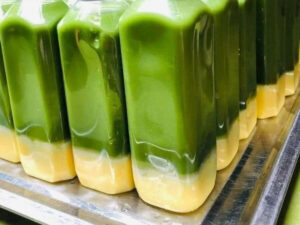
Rau Má Đậu Xanh
Pennywort juice with mung bean, adding a nutty flavor
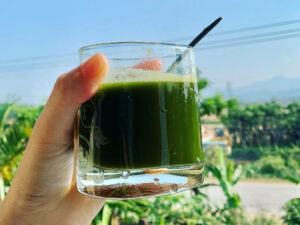
Nước Ép Rau Má
Pure pennywort juice, often more concentrated
Don’t forget, these variations still carry the same concept of a simple-to-make drink, leading to many Vietnamese becoming a fan of this beverage. Next, it’s time for you to explore how nước rau má is created.
How to Make Nước Rau Má?
Making nước rau má is a straightforward process of extracting the essence and juice out of the pennywort before infusing it with various flavorings. Therefore, let’s uncover 5 easy steps to produce nước rau má:
Step 1: Clean the Pennywort Leaves
Rinse them thoroughly under cold water.
Step 2: Blend the Leaves
Combine the cleaned leaves with water in a blender and blend until smooth.
Step 3: Strain the Juice
Use a fine mesh strainer or cheesecloth to strain the blended mixture, removing the solid parts.
Step 4: Sweeten the Drink
Add sugar or honey to the strained juice and stir until dissolved, adjusting to taste.
Step 6: Chill and Serve
Refrigerate or serve over ice for a refreshing experience.
Afterward, make sure not to miss the pros and cons of nước rau má so you can enjoy this drink worry-free.
Pros and Cons of Drinking Nước Rau Má
Here are a few key features to weigh up carefully before consuming nước rau má:
Pros
Cons
Later on, it’s important that you get to know more about nước rau má and some concerns relating to this refreshing drink of Vietnam.



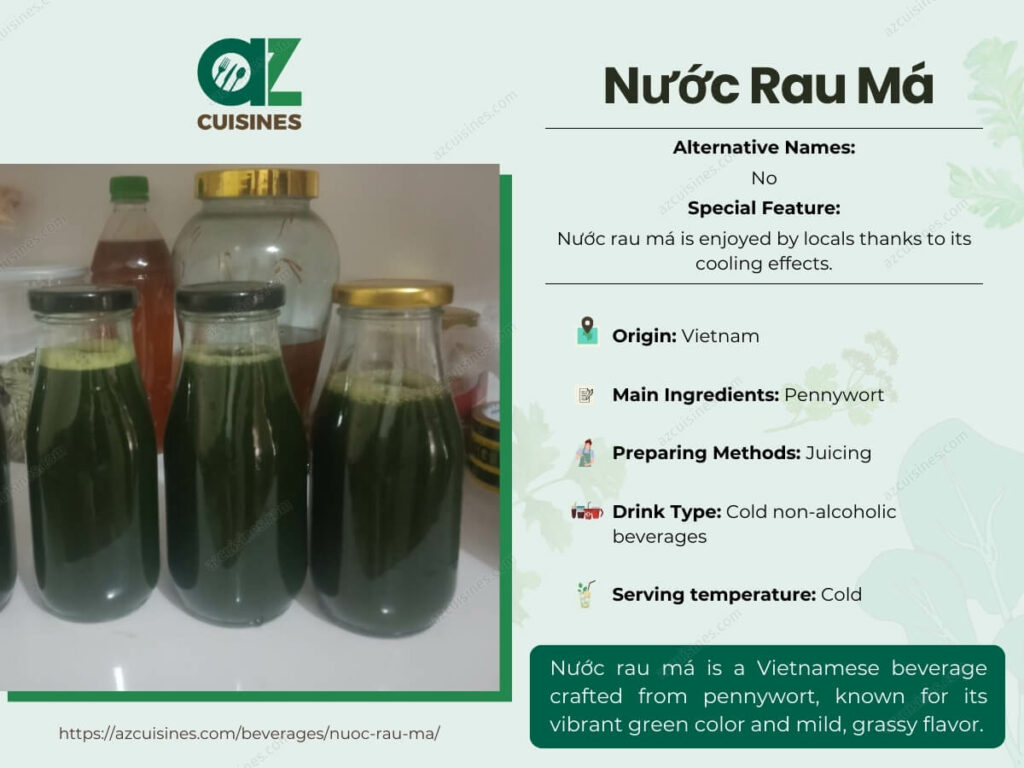
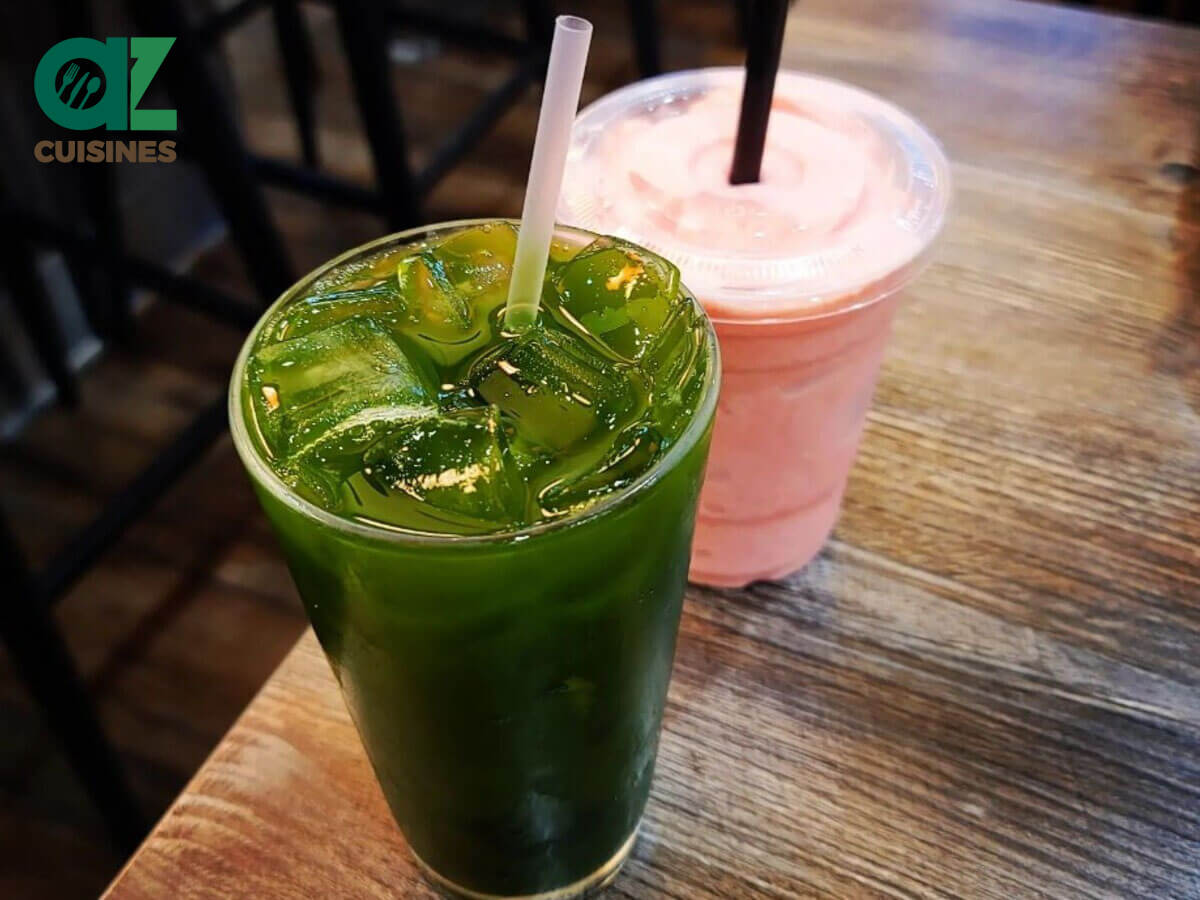
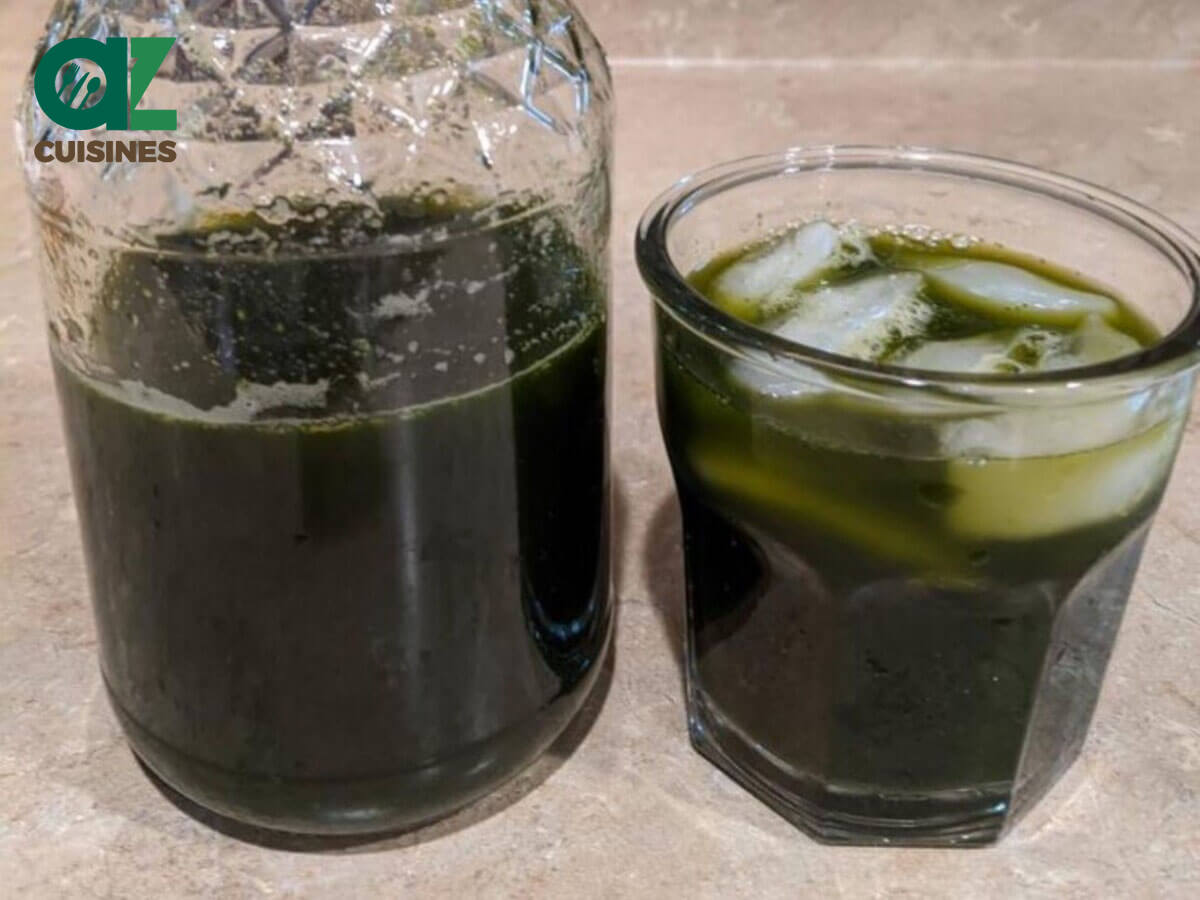

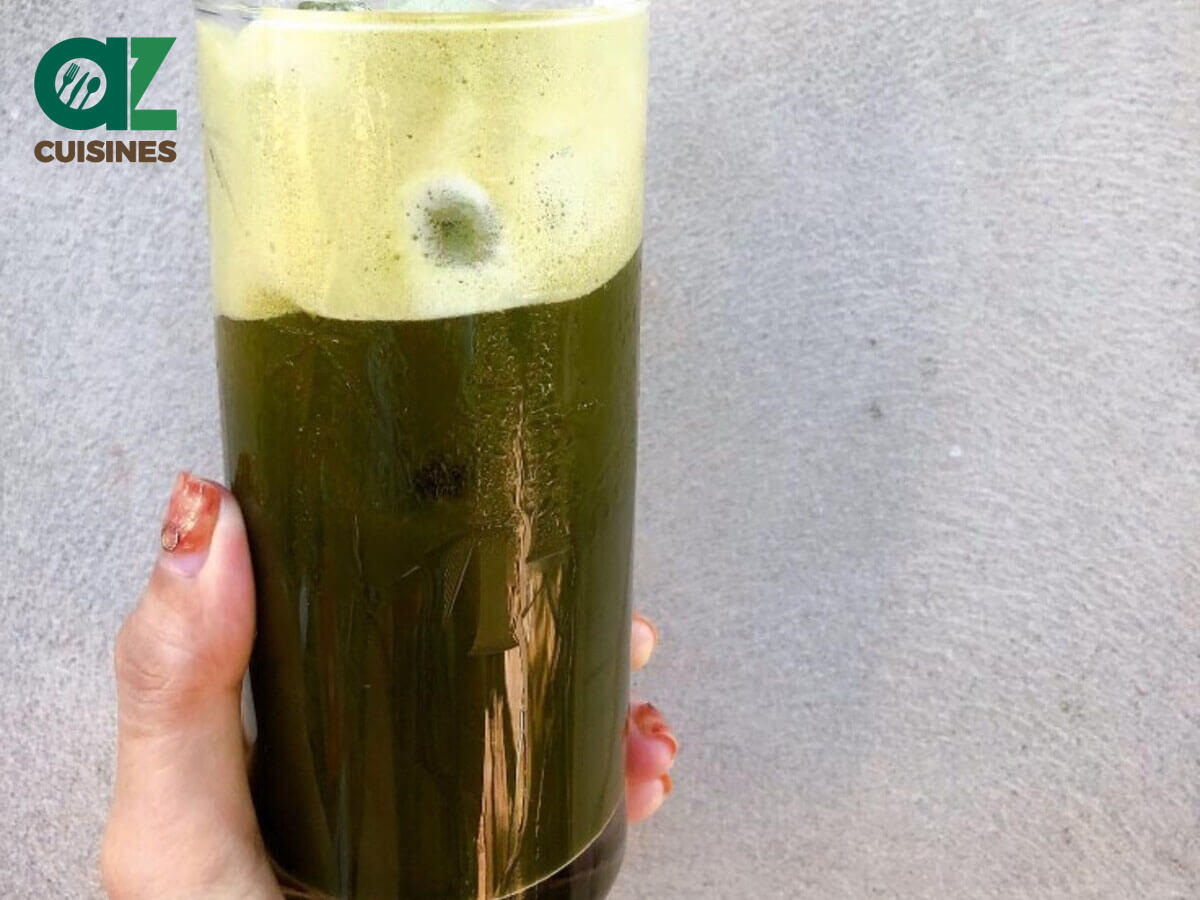
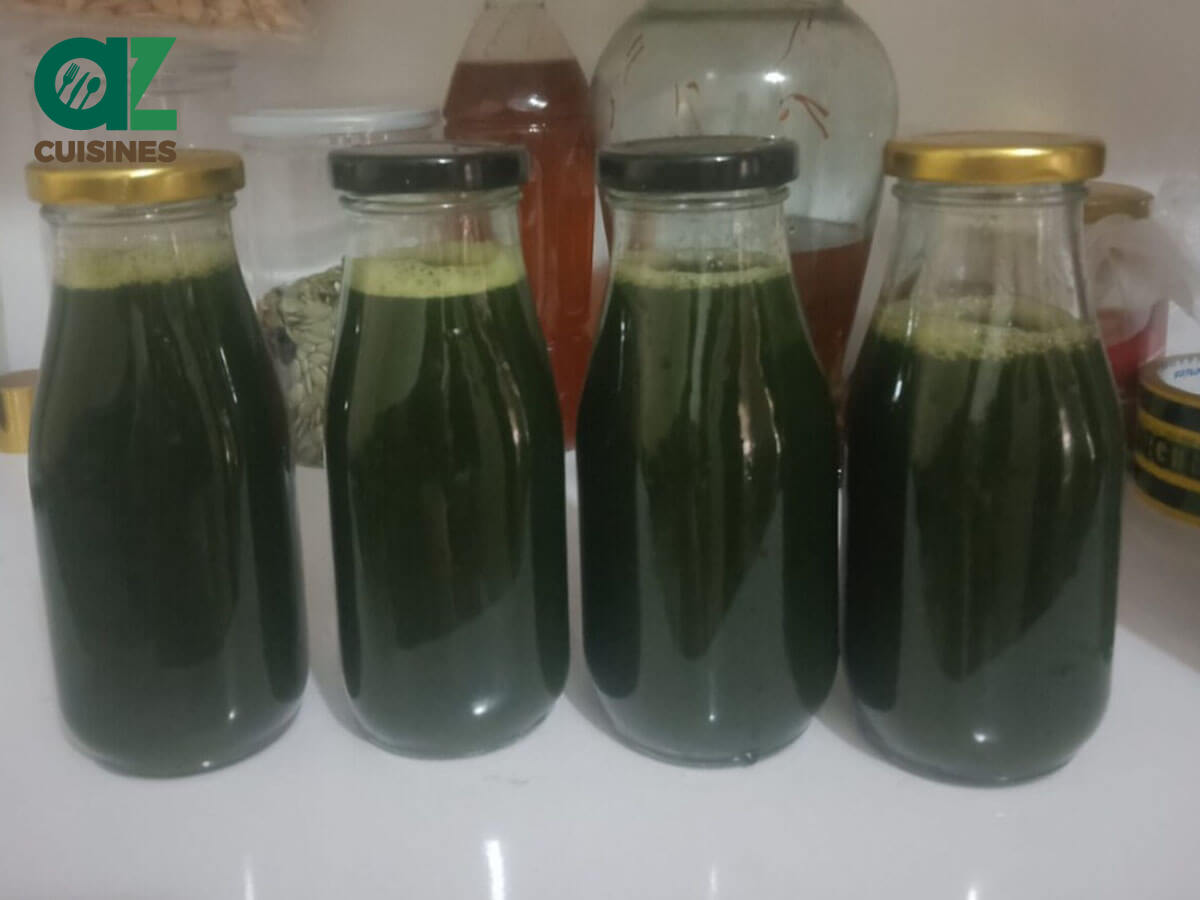


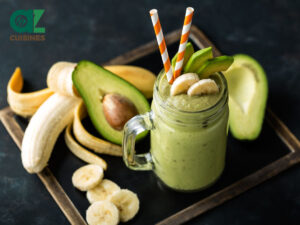
Adam Sam
Senior Food and Drink Editor
Expertise
Food Writer & Recipe Developer, Recipe Tester, Bartender, Cooking-video Maker, Editor In Chief
Education
Adam Sam, an experienced food writer and recipe developer, is passionate about blending diverse culinary traditions, national dishes, and innovative beverages, showcasing his proficiency in both traditional and modern recipe testing.
As the Editor-in-Chief, he elevates culinary content from street food to fine dining, focusing on Western cuisine and types of drinks at azcuisines.com, and is professional in creating engaging cooking videos that simplify complex dishes and ingredients.
His passion for food is evident in his writing, where he uniquely merges various cultures, traditions, and contemporary trends, skillfully combining classic recipes with modern cooking methods.